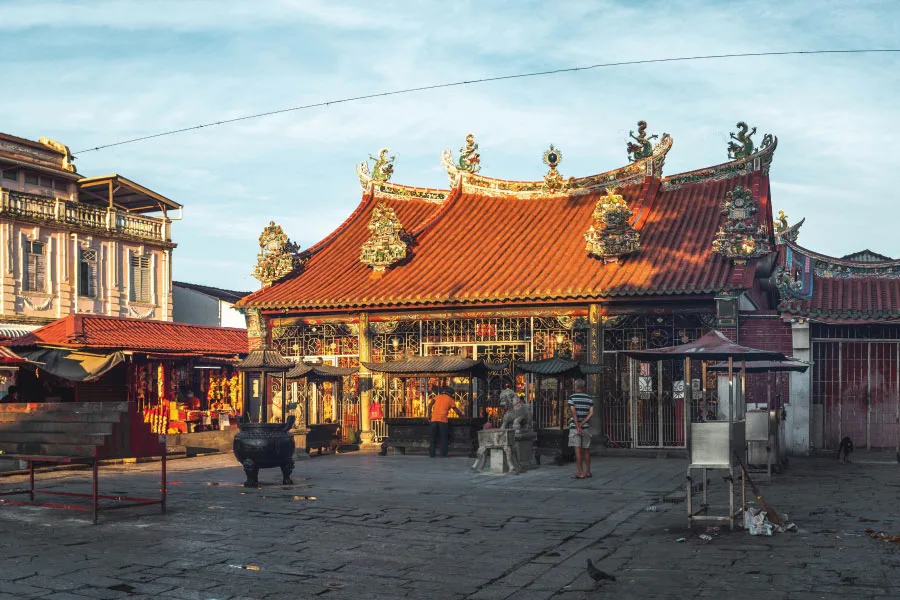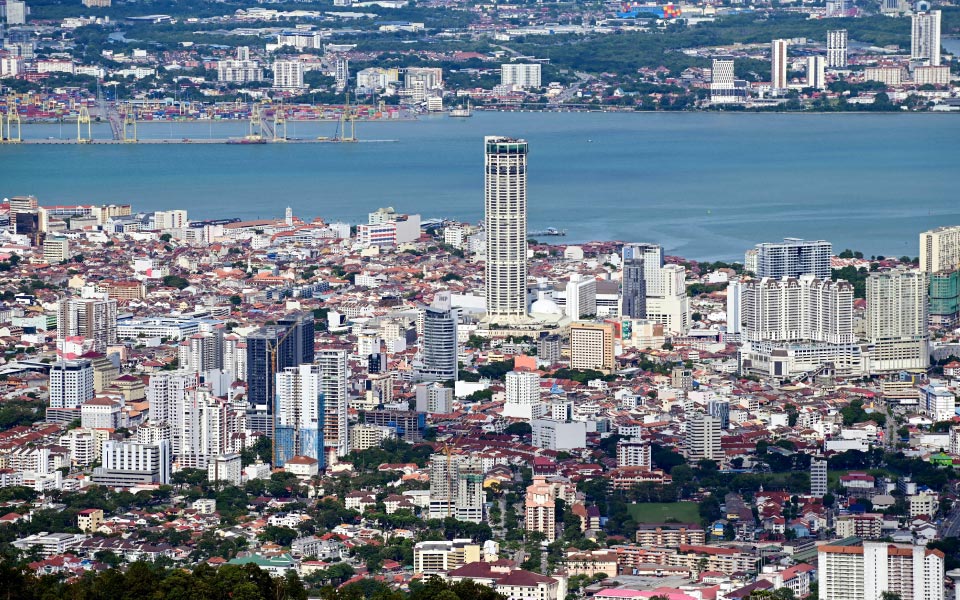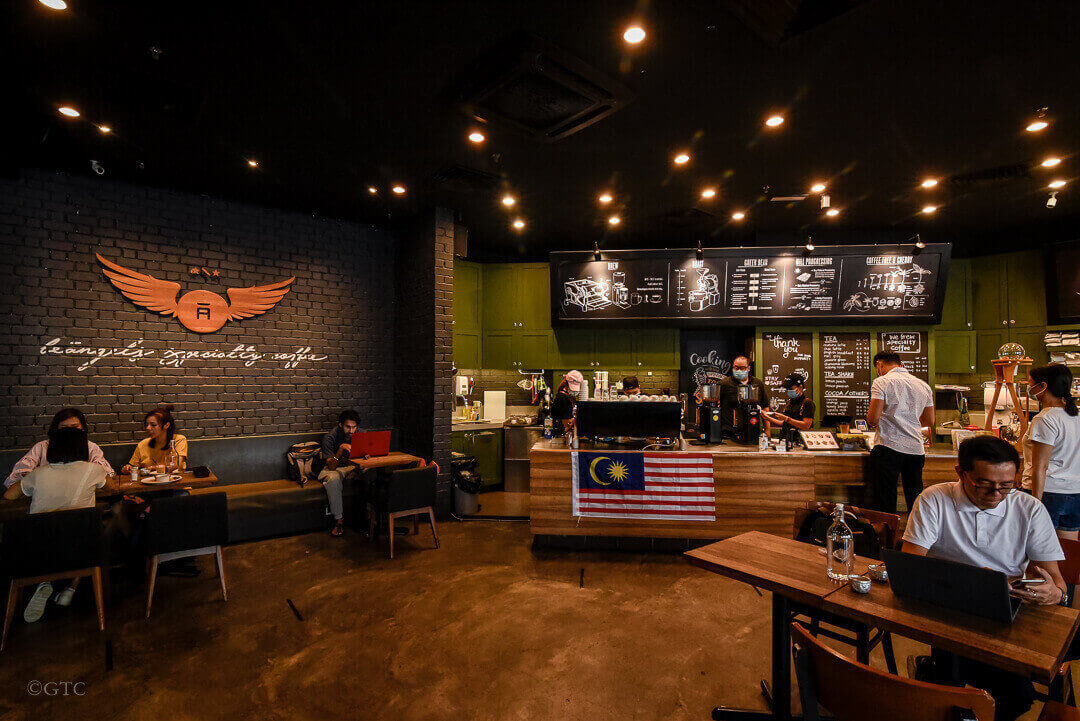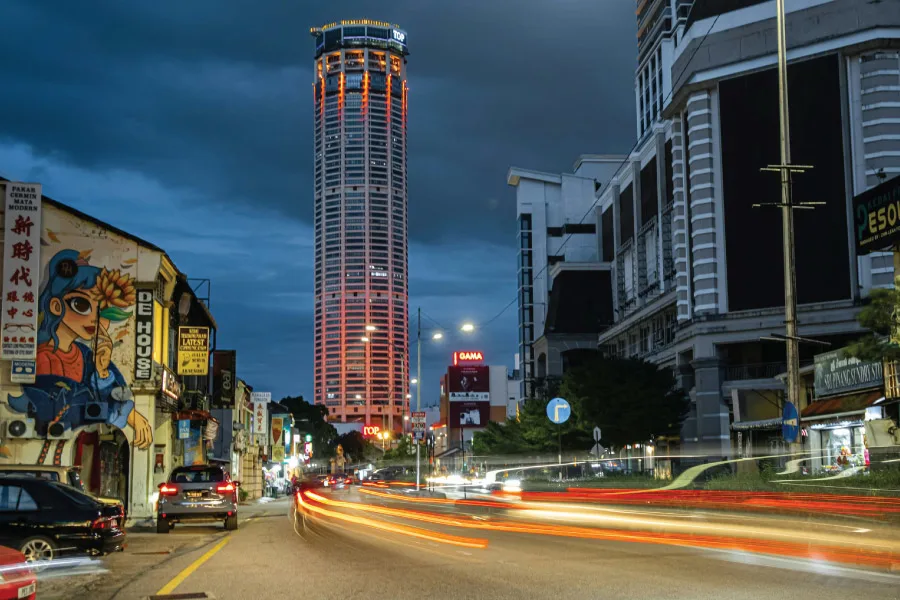
One of the beauty of Penang is the diversity of the people and community. Although living close to one another, all these communities from different religious backgrounds have been living peacefully with each other by embracing each other’s culture. Throughout generations, this identity of unity have been developed particularly in Pitt Street which is now officially known as Jalan Masjid Kapitan Keling.
The locals have named this street as the ‘Street of Harmony’ as it features different religious buildings all along that street. The Goddess of Mercy Temple, Kapitan Keling Mosque, Sri Mariamman Temple and the St George’s Church are all located within walking distance.
St. George’s Church

The street begins from the St. George Church run by Anglicans were built by British East India Company in 1819 and it’s known to be the oldest building in Penang. It is the oldest purpose built Anglican church in Southeast Asia.
The church is built with a combination of Neo-Classical, Georgian and English Palladian architecture styles.
The Church features a portico of Doric columns. The original roof was flat but was converted to a gable in 1864 as the original flat roof was found to be unsuitable in the tropical climate. The apex of the roof is topped by an octagonal shaped steeple.
A memorial pavilion was erected in 1886 in memory of Captain Francis Light during the Centenary Celebrations of the founding of modern Penang.
Goddess of Mercy Temple

Along the way you’ll pass by a colourful Taoist temple of the Goddess of Mercy which the Chinese calls it ‘Guan Yin Teng’. First built it 1728 and subsequently renovated, it is the oldest Taoist temple in Penang and it has also survived two world wars.
Initially, this temple was dedicated to Mazu, the sea goddess worshipped by the Hokkiens as a patron for seafarers. However, as the Chinese population grew with the influx from different clans, the temple’s main deity was changed to Guan Yin (Goddess of Mercy) around 1800. Other Chinese deities including Guan Yu and Tua Pek Kong were also added into the temple, reflecting the diverse Chinese community in George Town.
Steeped in Chinese architecture, the temple features sweeping roofs typical of Chinese temples and has gigantic doors adorned with paintings of Taoist and Buddhist deities. Dragon-entwined pillars support the high roof as well, which is decorated with more dragon figurines at its top ridges. The temple is fronted by a large courtyard that faces the main street to the east. It was built according to feng shui principles; it has three wells – one to the right of the main shrine, another at the front courtyard and the third hidden under the main altar of Guan Yin. The courtyard well is for public use, while the one beside the main shrine is reserved for monks.
Sri Maha Mariamman Temple
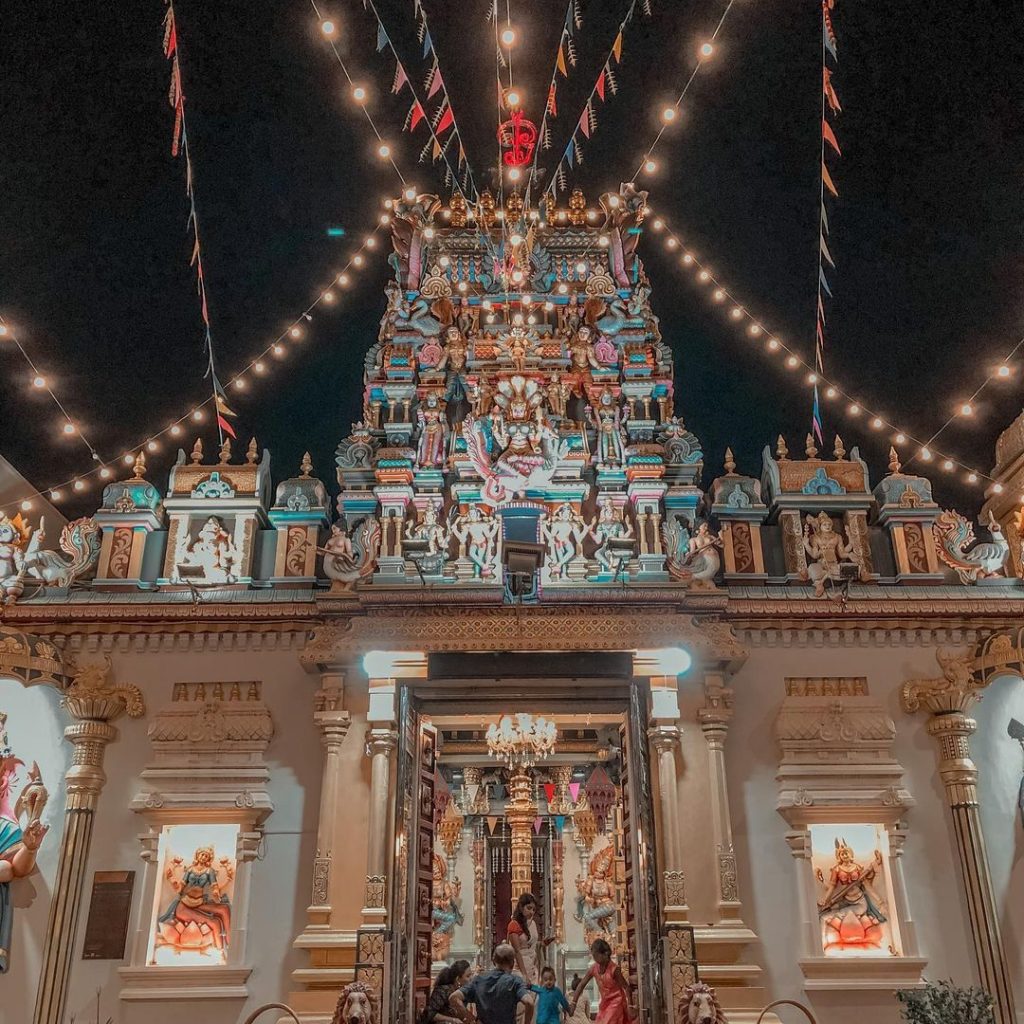
The oldest Hindu temple in Penang at the Street of Harmony started as a shrine in 1801 and subsequently the temple is built in 1833. At the time of its founding, it was known as the Sri Muthu Mariamman Temple. It was only in 1980 that it became known by its present name, Sri Arulmigu Mahamariamman Temple.
On the entrance of Penang Sri Mariamman Temple, you get to see a 23.5 feet tall sculptured tower or Gopuram. Also, the 38 statues of Gods and Goddesses and 4 swans featuring the Hindu Goddess Mahamariamman in Her many incarnations such as Meenatchi, Kamatchi, Visalatchi, Bhuvaneswari surrounds the colourful four-tiered crown. It is topped with five small kalasams.
The interiors of the temples are heavily sculptured with deities of Lord Ganesha is in the left pillar and Lord Muruga, his brother, is on the right pillar. The eight female figures adorning the pillars inside the temple are of Ashta Lakshmi (Goddess of Wealth). On the left wall there are sculptures of the Nadaraja and Sivakami in dancing posture of the cosmic dance. Nine statues of goddesses (9 types of Sakthi) can be seen on the walls surrounding the inner shrine of Penang Sri Mahamariamman Temple.
The primary deity Goddess Mahamariamman is seated at the moolastanam (sanctum) of the karuvarai (sanctum sanctorum).
Kapitan Keling Mosque
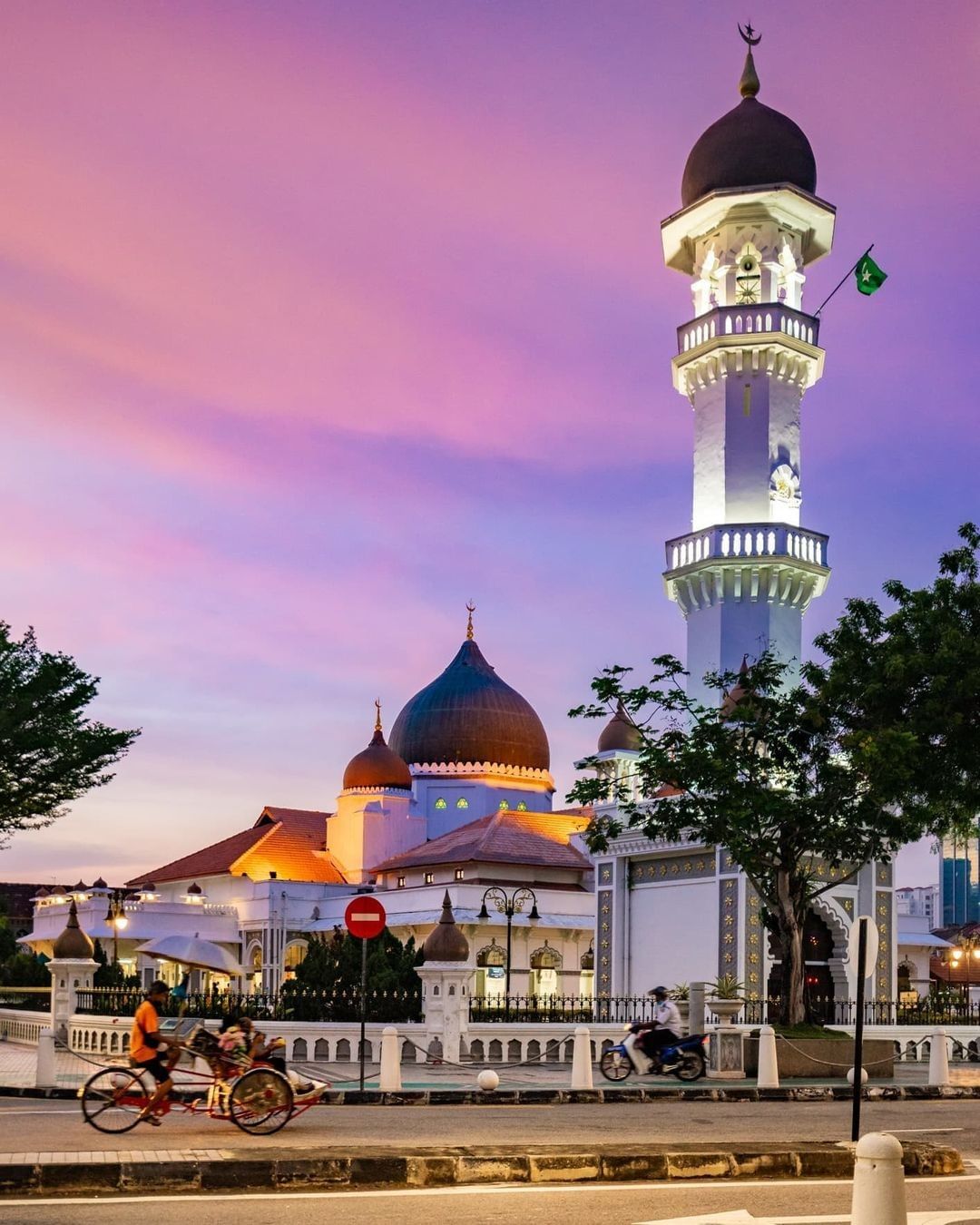
The Kapitan Keling Mosque is a mosque built in the 19th century by Indian Muslim traders in George Town. It is the first permanent Muslim institution to have been established in the area, dating from the early 1800s. Cauder Mohuddeen Merican is known as the founder of the mosque and leader of the Chulias.
Another renovation in 1930 gave the Kapitan Keling Mosque its present appearance after the previous design was deemed impractical. In keeping with tradition, the mosque was not rebuilt, but only enlarged. Among the major work during this period included doubling the height of the central prayer hall, improvement to the ventilation system, and allowing more natural light to enter. The exterior is ochre yellowed while the interior had white marble floors and a high ceiling. The interior aisles are formed by a series of horseshoe arches, crowned with King Edward’s plaques.


